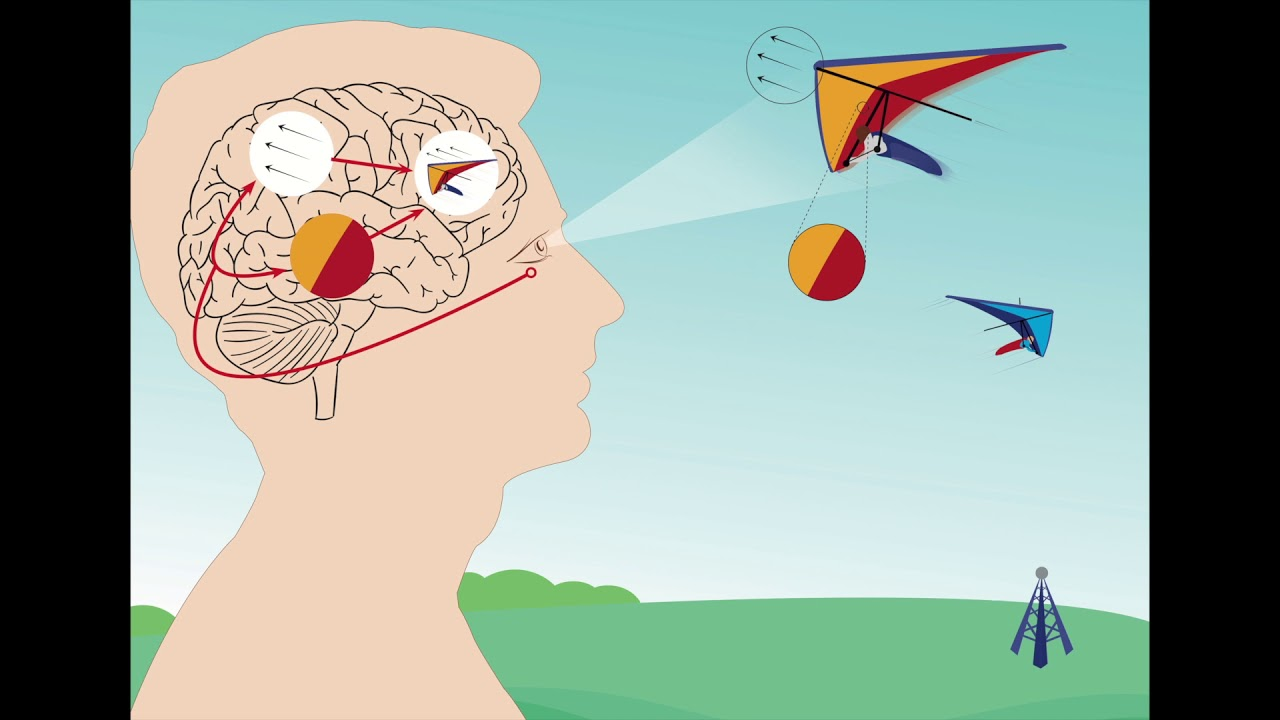Dr. Curtis Cripe Explains the Perceptual Process
 |
Image source: researchgate.net |
Perception begins with a distal stimulus – a physical object in the environment, for example, an orange. The sensory receptors receive information about the orange via different types of environmental energy, representing the distal stimulus. The nervous system transforms environmental and physical energy into electrical energy. For example, receptors in the retina transform the light from the object into electrical signals. These signals are then transmitted from one neuron to another and are processed, notes Dr. Curtis Cripe of NTL Group.
 |
Image source: i.ytimg.com |
From this, perception occurs. A split second after perception, recognition takes place. Finally, we place the perceived object in a category. For example, we perceived an orange, which is a fruit. The way we process incoming sensory information is called "bottom-up processing." In addition, our existing memories, knowledge, and assumptions can influence perception and recognition. Neuroscientists call this "top-down processing."
Our perception shapes our entire reality. Dr. Curtis Cripe explains that our brain constantly searches for the best interpretation of the stimuli. We use our past experiences to construct what we believe we see or hear. Our brain creates an accurate model of our environment, refined by sight and hearing. In other words, what we perceive as reality is how our brain interprets the world. Everything we experience is shaped by our perception, which is why it's so important that we understand how it works. By utilizing our past experiences, we can construct a cohesive understanding of the world around us. Whether looking at an object or hearing a sound, our perception plays a crucial role in shaping our reality.
Dr. Curtis Cripe serves as the director of NTL Group's research and development division. For more information, click on this link.
Dr. Curtis Cripe serves as the director of NTL Group's research and development division. For more information, click on this link.

